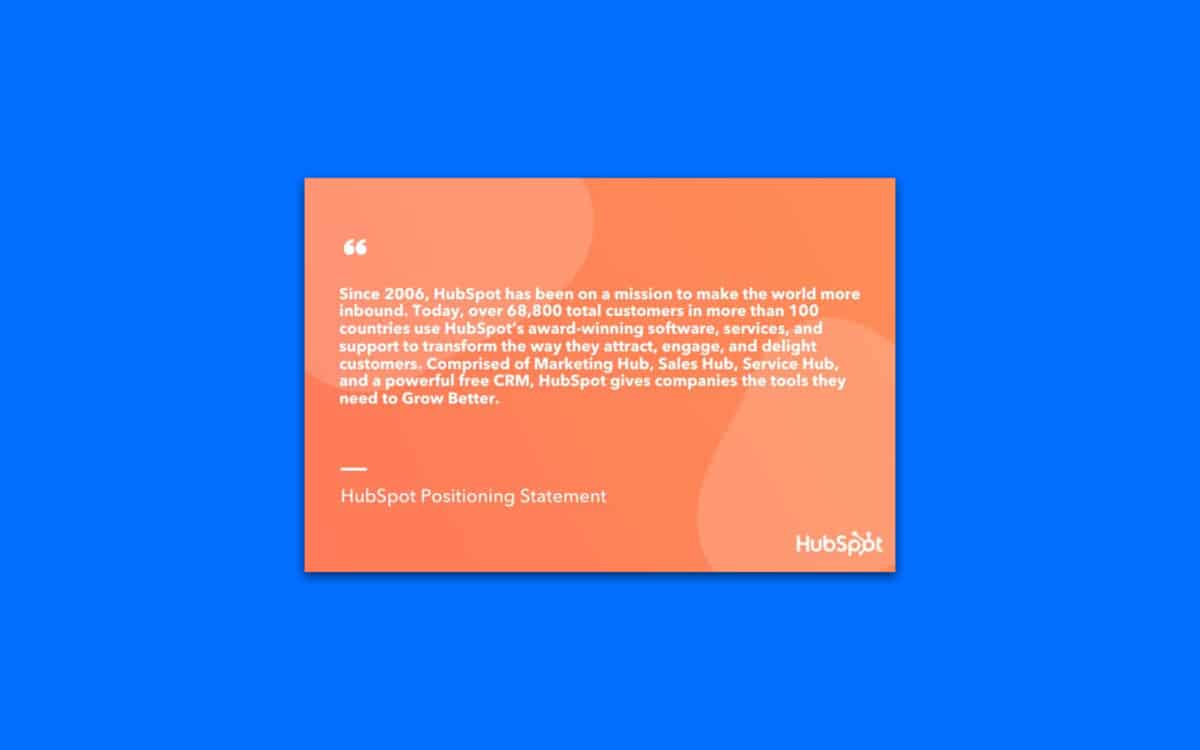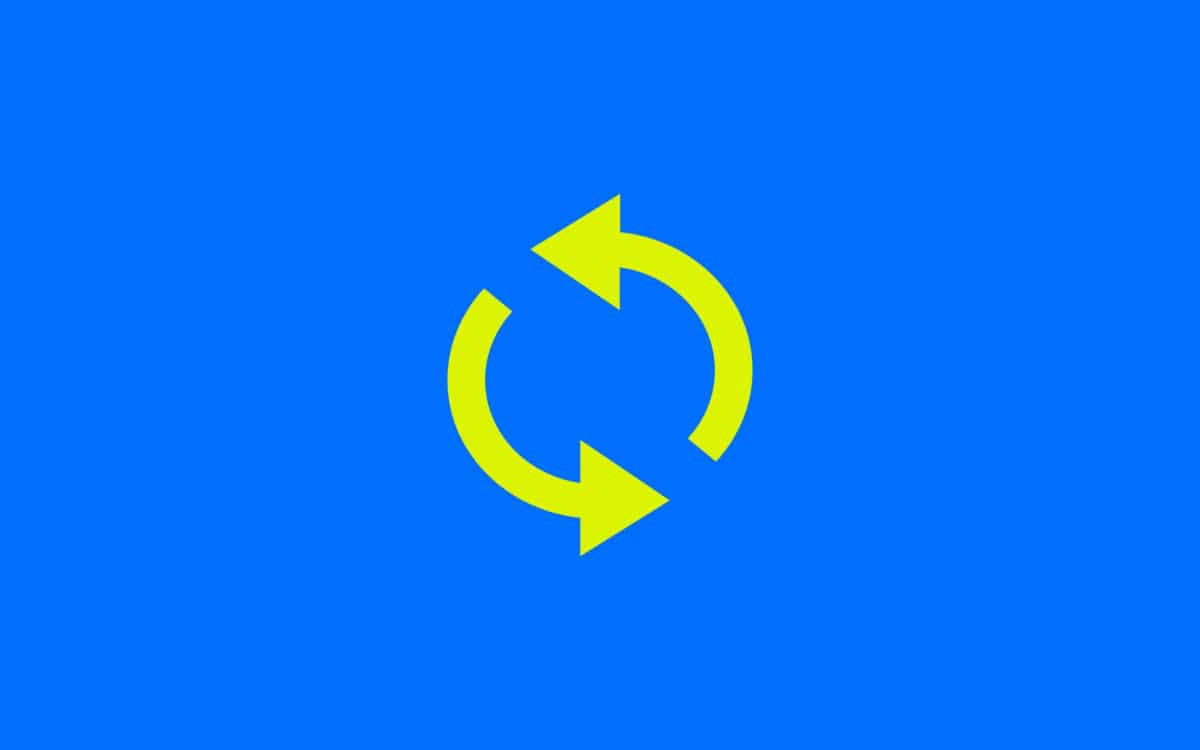How to identify your target market: A target market definition

Who are you trying to reach with your marketing messages?
Tip: The answer shouldn’t be everyone.
While most companies want to attract as many potential customers to their brand as possible, going too broad could mean that you’re unable to stand out in your chosen market.
At the same time, choosing a target market that’s too narrow could mean that you miss out on critical opportunities.
So, how do you about identifying your target market, so you can dominate in your industry?
That’s what we’re here to find out.
The better you understand your audience, your USP, and even your industry, the easier it becomes to identify which people are most likely to purchase your products and services.
Today, we’re going to give you a comprehensive insight into the complexity of discovering your target market definition so that you can take your campaigns to the next level.

What is a target market? How to define target marketing
Starting with the basics, a target market is a group of customers most likely to purchase a specific set of products or services. These are the people whose pain points you address with the primary features of your products.
They’re the people who share an affinity with your brand values and support your underlying brand mission.
When you’re first building a business, it’s tempting to ignore target groups and try to reach everyone instead. However, this is an inefficient and expensive process.
Imagine you were running a company for cupcakes, targeting everyone would mean that you’re also paying to send your messages to people who hate cakes, those with intolerances to the ingredients that you use, and even people on a diet.
Only a fraction of your budget will be spent on reaching the people that are likely to buy from you.
When you learn how to target your market correctly, you filter out all of the people who aren’t going to invest in your services for whatever reason.
That means 100% of your budget and all of your effort goes into nurturing relationships with the people who matter most to your bottom line.
When you define target marketing for your team, you give everyone in your business an image of the kind of people you’re trying to connect with.
In the long-term, your target market will influence everything you do, including:
- Which products and services you offer.
- Which price points you set for your solutions.
- What kind of marketing materials you need.
- Which benefits you need to highlight.
- What kind of language you’ll use for your tone of voice.
- The colours and imagery that identify your business.
- Where and when you’ll advertise.
In other words, your target market is the compass for your entire business.

How to identify your target market
So, how do you identify a target market that’s suitable for your brand?
On the surface, choosing your audience is a simple process. You only need to answer a handful of questions.
These include:
- What problems do your products or services solve?
- Who is most likely to have this problem?
- Are there different groups in your market with unique needs?
Your target market definition will show you the specific group of people that are most likely to respond positively to your products or services.
The more clearly you can define your target groups, the easier it will be to adjust your messaging and marketing campaigns to deliver results.
Here are a few steps to get you started.
Step 1: Compile data on current or competitor customers
If you already have a handful of customers in your roster, or you know people that are interested in your product, your research starts here. You can dive into the details that you have about these clients to better understand who likes your brand.
If you’re starting from scratch, your best option is to learn from your competitors. Look at the target market of the leading company in your industry, and identify some key features.
No matter which route you take, you should be trying to answer as many questions as you can about your potential customer’s:
- Age: A general range is fine, such as between 20-40 for instance.
- Location and time zone: Where are your customers likely to be located? This will help with choosing languages, shipping options and more. Figuring out time zones will guide you in timing your marketing campaigns.
- Spending power: How much cash does your target audience have? Do your clients belong to the budget-savvy group of consumers? Or are you looking to reach a more luxury-focused audience?
- Interests: What do your customers enjoy? What kind of things interest them? How can you capture their attention and engage them?
- Dislikes: What would your customers like to avoid at all costs? Do they hate slow customer service, or lament waiting around with long shipping times?
- Stage of life: Are your customers recent graduates, newly-weds, people buying their new house, or retirees?
If you’re selling B2B products, there will be a few other things to consider too. For instance, you might need to decide what members of staff you’re going to reach out to, or how big a business should be before you pitch to them.
Step 2: Examine industry statistics
In an ideal world, you’d use nothing but your own research and information for identifying your target market. However, if you’re launching a new brand or business, you’re not going to have much information to start with.
With that in mind, it may be worth looking at the pre-existing information that’s available online from industry research reports and graphics.
As your business continues to evolve and bring in new customers, make sure that you also have a system in place for capturing useful information.
For instance, virtually every social media channel comes with an analytics or “Insights” section. On Facebook, you can use Audience Insights for some in-depth information about your existing followers.
Combine your own personal data about your potential audience with the statistics that are available online to keep your finger on the pulse of your industry.
Step 3: Be clear about your business USPs
To ensure that you’re targeting the right audience, you need to think about the true benefits and values of your products or services.
Crucially, the benefits of your products aren’t the same as their features. Features highlight the things that your product does, or what it is. The benefits of your brand are the results that you deliver when people invest in your product.
Look at IKEA, for example, the company sells furniture. However, what makes it unique is that the furniture you access is a lot cheaper, because you can put it together yourself.
If you don’t have a clear list of benefits for your brand products or services, make sure you create one before you continue with identifying your target market.
If your service helps customers to connect with babysitters, then you can be relatively certain that your audience is likely to be made up of parents and guardians who travel a lot or work frequently.
If your product allows people to print photos from their smartphones, you’ll know that you’re targeting people with smartphone devices who like to experiment with photography.

Refining your target market definition
Once you’re clear about who is most likely to want or need whatever you’re selling, it’s time to get a little more specific. There are several ways that you can further define your target groups or marketing audience.
For instance, you may need to think about:
- Consumer or business: A B2B target audience is very different to a B2C audience. When you’re searching for the ideal customer in the business world, you’ll need to think about everything from industry to spending power.
- Geographic: If you’ve got a local brick-and-mortar company, then you’ll likely target people who are close to home. If you’re selling online, you do have more scope. However, you may still be limited in where you can ship products.
- Generation: Deciding which generation your customer is going to belong to can make a massive difference to your marketing strategy. If you know that your target audience is from the millennial generation, you might also find that they’re more interested in CSR initiatives than your typical baby boomer.
- Psychology: How does your target customer define themselves? What kind of feelings, values, and emotions have an impact on their buyer decisions?
- Behavioural: How do your customers behave when interacting with brands? Do they like to follow their favourite companies on social media, or do they prefer face-to-face interactions, for instance?
One of the best ways to strengthen your target audience definition, is to create something called a “target audience statement.” This is everything you know about your customer, boiled down into a single sentence.
This is one of the first steps that some companies take when developing a brand positioning statement.
Take a look at HubSpot’s brand positioning statement for instance:

Reading that snippet of text, you instantly get a feel for the kind of customer that HubSpot wants to reach out to. This is a company that’s focused on people from the marketing, sales, and service environment.
Additionally, you learn straight away that HubSpot targets companies, not individual consumers. “Hubspot gives companies the tools they need…”
To create your own target market positioning statement, ask yourself what some of the key characteristics of your audience would be.
For example, your statement might follow this formula:
Our target market is [life stage] aged [range], living in [place], who care about [values] and want to overcome [pain point].
For a baking company, that might translate too:
Our target market is parents aged in their 30s and 40s, living in London. They care about delicious food that’s healthy and nutritious and want to find cakes that aren’t full of calories.
If you sell a variety of products and services, then you might need to create a market statement for each sub section of your audience.
The aim here is to give yourself a simple statement that you can use to guide all of your marketing and brand development decisions.

Target market examples that are right on the money
If you’re still struggling with the question of how to identify your target market, then it might be helpful to look at some other examples from leading brands who have already nailed theirs down.
Let’s take a closer look at how some major businesses define their target groups.
1. Atlassian
A company committed to offering collaboration tools, Atlassian helps business leaders to access the tools they need for productivity and growth. Visiting the customers section on the Atlassian website will show you that the business operates in multiple industries.
The company’s USP is broad because countless brands want to improve the productivity and efficiency of their team. However, if you dive deeper into the different segments they work with, you’ll discover that the team has focused on unique value propositions for each group.
For instance, retail companies can benefit from improved collaboration on the back-end, which leads to more satisfied customers.
2. Nike
One of the most famous athletic companies in the world, Nike has two particular target market options to consider. The first focus is on everyday athletes, people who want to get fitter or enjoy their sporting hobbies in clothes that look and feel great.
However, Nike also focuses very heavily on dedicated runners and people training for competitions. Because of this, the marketing campaigns produced by Nike highlight not only the comfort and style of the apparel but how it can help aspiring athletes reach their goals.
Notably, though there are different target groups in Nike’s marketing audience, they all share similar values of equality and community.
3. Apple
Finally, Apple is another example of a company that has multiple target markets to think about. Apple delivers products to tech-savvy consumers who want to be on the cutting edge. However, at the same time, the company also reaches out to businesses that want to be productive and innovative.
If you look at an Apple advertisement, you’ll see a lot of focus on things like “thinking differently” which highlights the innovation of the product. However, Apple also concentrates on things that are important to both business and personal users, such as simplicity and privacy.
When to update your target market definition
One of the things that makes identifying your target market so tricky, is that there’s a good chance your audience will evolve and change over time.
When you’re just getting started in your industry, it’s very unlikely that you’re going to know everything about your customers and what they need from you.
Running marketing campaigns and connecting with customers daily will open your eyes to new information that you didn’t have before.
If you want to stay ahead of the curve and ensure that your marketing efforts are hitting the right chords, then you need to consistently listen to your customers.
Be sure to incorporate the lessons that you learn along the way and revisit your target market statement as often as you can to ensure that it actually describes your customers, and what they need from you.
For instance, remember Atari? The video game company from the 1980s? Originally, the target market of Atari was children looking for the latest gaming experience.
As the years have passed, however, the Atari brand can no longer stand out as a cutting-edge piece of technology. Instead, it has changed its target audience to appeal to people over the age of 35, who might have had an Atari gaming system when they were younger and want to revisit their childhood.
To figure out whether it’s time to update your target market, ask yourself:
- When’s the last time that you examined your buyer personas? Has it been a few years since you’ve added information to your positioning statement? The industry that you operate in, the people that you’re speaking to, and even your socio-political environment might have changed by now. Re-asses your research and ask yourself whether your assumptions are still correct.
- Have you collected any new information about your audience recently? Did you run a marketing campaign not too long ago that gave you a better insight into what your audience likes and dislikes about your company? Every marketing campaign you run will provide you with some information on the things your customers like and dislike. Adding this data to your target market statements could help with your future campaigns.
- Has your product or service changed? Can you provide something today that you couldn’t deliver in the past? If so, there’s a chance that your updated value statement could help you reach a wider or slightly different audience. Consider what kind of people your new value proposition would help you to reach. For instance, if you just added a new vegetarian range to your frozen food company, then you’ve got a brand new market to think about.
It’s also worth taking the time to examine your target audience from time to time and figure out whether you might need to segment your audience a little further.
For instance, you might know that your customers are parents looking for healthy cupcakes, but do you also need to deliver different marketing messages to parents on a diet, parents shopping for children’s cakes and those with certain ingredient intolerances?
Just because all of your target audience shares one specific pain point that you’re trying to solve with your product or service, doesn’t mean that there aren’t extra details to consider. Properly segmenting your marketing audience will help you to create more relevant and personalized messages.
Mastering your target market
As much as all businesses want to reach as many potential customers as possible with their marketing messages, going too broad can be a big mistake. If you try to appeal to everyone, there’s a good chance that you’ll end up influencing nobody.
Mastering the concept of a target market and figuring out who is most likely to respond to your services or products in your industry is the best way to ensure an excellent return on your marketing investment.
The more you know about your audience and what they need, the more you can pivot your campaigns and even your branding strategies to appeal your ideal customer.
Just remember that a target market, like a business, can evolve with time. As you continue to learn about your industry, your customers, and your competitors, you may even discover sub-sections of your audience that you never thought of before.
On the other hand, if you begin to develop new products and services, you might need to create entirely new personas and statements to guide you.
Whatever you do, make sure that you never start any branding or marketing strategies without first having a good view of who your target market is and what they need.
If you need help identifying your target market, or you’re looking for assistance in building a brand that speaks to a specific audience, speak to Fabrik today!
Fabrik Brands: A creative agency for our times.











